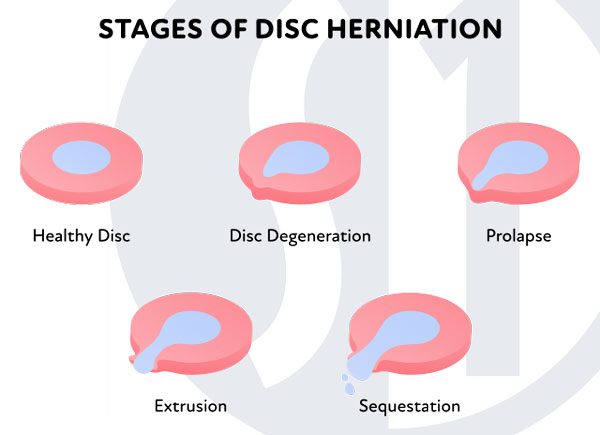Disc Extrusion
A Common Form of Disc Deterioration
A disc extrusion, also known as a disc herniation, usually occurs from degeneration due to a disease like osteoarthritis or the natural aging process. Other causes may include injury, trauma, overexertion, illness or obesity. Given the circumstances, extrusions are largely unpreventable and may heal on their own without surgery.
Disc degeneration, including extrusion cause pain, inflammation and symptoms if the inner core material or outer disc compresses spinal nerves, the spinal cord or other structures in the spine. Symptoms may develop or worsen if disc damage progresses and herniation becomes more severe.
While this condition can occur anywhere in the spine, it most commonly develops in the cervical spine and lumbar spine. The low back and neck bear the most weight and they’re the most mobile regions of the spine.
SpineOne treats extrusion with a combination of rest, anti-inflammatory medication, physical therapy, and minimally-invasive therapies. These treatments are assisted by advanced diagnostic imaging and offer effective and lasting relief from disc degeneration and also provide an alternative to open back surgery. Patients who follow this treatment plan report significant reduction of their pain and improvement of their range of motion and quality of life.
Disc Extrusion Symptoms
Cervical spine
- Neck pain
- Pain that extends down the shoulder and arm
- Weakness, numbness or tingling that radiates down the arm and fingers
- Neck spasms
Lumbar spine
- Low back pain
- Pain that extends down the buttock, thigh and leg (sciatic pain)
- Weakness, numbness or tingling that radiates down the leg and foot
- Back spasms
